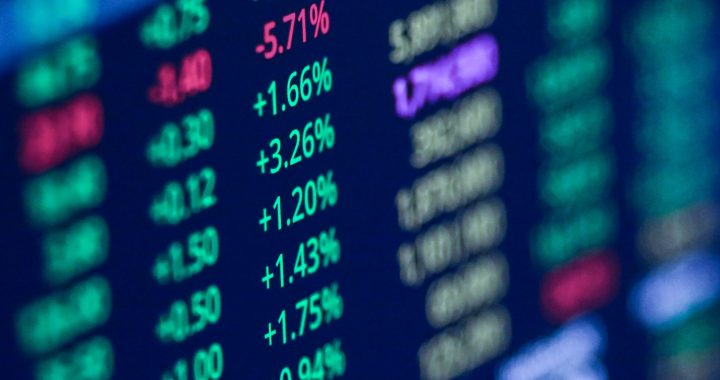
BIG BUDGET YEAR DELIVERS TIMELY RELIEF
The lead up to and delivery of this year’s federal Budget was surrounded by plenty of hype, and for good reason…

The economy looks to shed its holiday inflation gain, all eyes turn to the job market, and the year of two halves has commenced.
Fuelled up on record food prices and seasonal spending, inflation jumped 1.9% in December alone with annual headline CPI coming in at 7.8% for the year. The results have all but cemented a 0.25% increase in the cash rate in February as policy makers look to shake the economy’s holiday hangover.
This increase would mark the first of two expected rate rises in February and March this year, before the Reserve Bank is expected to pause and allow for 18 months of aggressive policy tightening to take hold.
Heads will continue to roll
Focus among economists and investors has shifted somewhat from headline inflation to unemployment as companies look to weather weakening consumer demand. The latest CPI reading of 7.8% is expected to mark the peak of post-pandemic inflation on Australian shores.
December jobless rates released earlier this month indicated a 14,600 fall in people in work, well below the expected 22,500 rise and validates the early signs of economic softening.
While unemployment remained steady at 3.5% nationwide, the jobless rate is expected to weigh little in the mind of RBA policy makers, who are steadfast on managing expectations. However, the news is good for those in the job market and in employment, with the demand for workers lifting wages to their fastest annual pace in almost a decade.
Fixed rate loans due to float
Australians who capitalised on the low interest rate environment in recent years are expected to feel the pinch throughout 2023 as their fixed home loans come to an end and will renew at a higher rate. Two thirds of Australian home loans – or 40 per cent of all households – are on fixed rate mortgages and are staring down the barrel of an interest rate jump from circa 2% up to circa 6%.
Homeowners still benefiting from fixed ratesare yet to feel the true bite of Governor Lowe’s aggressive interest rate tightening, and weaking household balance sheets are expected to drive a slump in demand across the board.
Meanwhile, suggestions the nation’s $9.4 trillion housing market will have 30 per cent of its value shaved off have been countered by many property experts, who have pointed to distressed sales activity being the catalyst for a housing crash – if it were to happen in 2023.
A year of two halves
The US earning season has kicked off with MegaCap technology companies laying off a combined 50,000 workers. Weakening customer demand for products has been the latest hurdle faced by NASDAQ listed companies, forcing many to decrease their headcount in a last-ditch effort to demonstrate earnings resilience. Among them is Twitter and more recently Google, which is reportedly shedding 12,000 – or 6% – of its workforce including the APAC region.
Netflix was among the surprise performers, demonstrating an early year rally after boasting an 8.9 million net increase in its subscriber base year-on-year. Surprised by the company’s defensive response in the current climate, many investors believe the uptick in demand for the discretionary good may point towards a broader economic cooldown as more people cut spending elsewhere and opt for time in-front of the telly.
Back in Australia, gold raced to a strong start to 2023 with the price surging back towards record levels off the back of an 18-month low in late Q3 last year. The commodity’s bull run is turning many investor heads and consumer demand in China is returning. Central banks have also been stockpiling bullion, with record levels of almost 400t purchased in the September 2022 quarter and upward of 600t by financial institutions more generally.
On the ASX, investors also remain interested in the earning resilience of consumer staples, utilities, and healthcare sectors, which are tipped to be among the top performing in the first half of 2023.
Later in the year, outside opportunities for value buys are expected to present, as interest rate pressure eases and consumer demand recovers.

The lead up to and delivery of this year’s federal Budget was surrounded by plenty of hype, and for good reason…

Markets had a positive shakeup after the RBA announced a relatively mild 25 base-point rise in interest rates in October – but inflation is still sitting too high and markets remain volatile as investors price in false inflation peaks.
Advice you can trust, results you can enjoy.